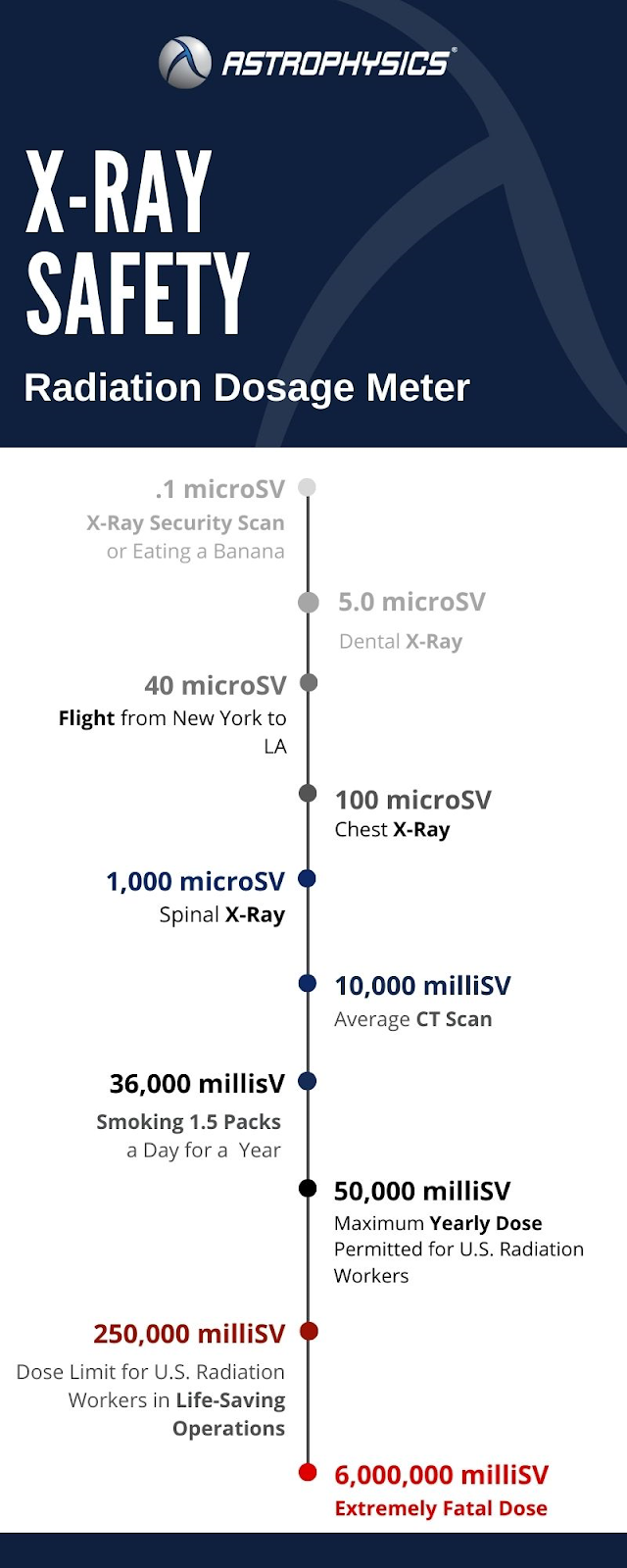Understanding radiation and its potential impact on health is crucial in today's world, where technology and science are intertwined with our daily lives. Radiation exposure can occur through various means, from medical imaging to natural environmental sources. The sievert (Sv) serves as a vital unit of measurement for assessing the biological effects of radiation exposure. By understanding what a sievert represents, individuals can better comprehend the risks and safety measures associated with radiation.
The sievert provides a standardized way to measure radiation dose, ensuring consistency across different contexts and applications. Whether discussing nuclear energy, cancer treatment, or environmental hazards, the sievert helps quantify the potential harm radiation poses to human health. This article delves into the significance of the sievert, offering insights into how it impacts health and safety, along with related concepts like millisieverts and rem.
Domenic Sievert, a notable figure in the field of radiation oncology, has contributed significantly to advancing knowledge in this area. Joining Washington University in St. Louis after obtaining his master's degree in Medical Physics, Sievert brings expertise that bridges the gap between theoretical understanding and practical application. His educational background in Nuclear Engineering and Medical Physics underscores the importance of specialized training in managing radiation safely and effectively.
Education plays a pivotal role in shaping professionals who handle radiation responsibly. Domenic Sievert's journey exemplifies the rigorous academic preparation required to excel in this domain. From earning a BS in Nuclear Engineering at Missouri University of Science and Technology to achieving an MS in Medical Physics at Washington University School of Medicine, Sievert's credentials highlight the multidisciplinary nature of radiation sciences. Such comprehensive education equips experts to address complex challenges involving radiation protection and therapy.
Furthermore, recognizing achievements within the field is essential for fostering innovation and excellence. The Rolf M. Sievert Award acknowledges outstanding contributions by individuals advancing radiation protection globally. Recipients like Dr. María del Rosario Pérez exemplify dedication and commitment to enhancing public health through improved radiation safety standards. These awards inspire future generations to pursue careers dedicated to safeguarding humanity against harmful radiation effects.
The concept of radiation doses becomes clearer when examining units such as the sievert (Sv). As a measure of equivalent dose, the sievert accounts for differences in biological impact among various types of radiation. For instance, alpha particles cause more damage per unit of absorbed energy compared to other forms of radiation. Therefore, expressing doses in sieverts ensures accurate comparisons regardless of source type.
Comprehending the scale of radiation doses involves understanding conversions between units like millisieverts (mSv) and microsieverts. Fact-based analyses reveal thresholds beyond which adverse health effects may arise due to excessive exposure. Health authorities emphasize monitoring radioactivity levels following incidents like Japan's Fukushima disaster to protect populations from undue risks posed by released radionuclides.
In addition to emergency situations, routine medical procedures also involve controlled radiation exposures. Specialists utilize terms like rem or sievert interchangeably when quantifying patient doses during diagnostic imaging or therapeutic interventions. Resources like Radiation Answers offer valuable information regarding both beneficial applications and necessary precautions concerning radiation use in healthcare settings.
Standardized systems facilitate communication among professionals working with radiation technologies. Conversion factors linking diverse units ensure precise documentation and reporting practices. Tables detailing relationships between radioactivity measures (becquerel vs curie), absorbed dose metrics (gray vs rad), dose equivalents (sievert vs rem), and exposure indicators (coulomb/kilogram vs roentgen) prove indispensable tools for practitioners navigating this intricate landscape.
Patient safety remains paramount in discussions surrounding radiation dose administration via X-ray examinations and CT scans. Effective dose measurements enable physicians to balance diagnostic accuracy against minimal acceptable exposure limits. Educating patients about these processes fosters trust while promoting adherence to recommended protocols designed to minimize unnecessary radiation contact.

